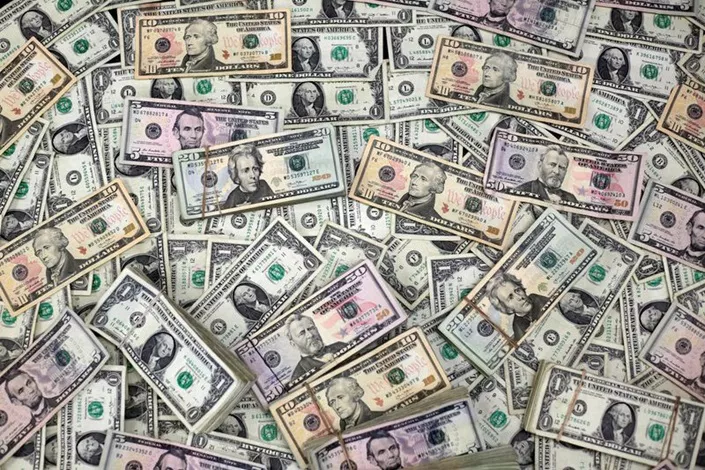The U.S. dollar has suffered its worst start to the year since 1973, shaken by President Trump’s tariffs that made investors question its role as a safe haven. While concerns about a global trade war have eased recently, Bank of America (BofA) warns that risks of stagflation caused by tariffs remain, and outflows from the dollar are just beginning.
BofA analysts said the market is currently rethinking large holdings of the dollar. “Signs of risk premiums on the dollar persist,” they noted, reflecting ongoing worries. The analysts added that “real money”—meaning long-term investors—still have plenty of room to reduce their dollar exposure, suggesting this shift is only starting.
Although the recent trade truce with China has helped reduce some pressure on the dollar, BofA stays cautious. The bank highlights ongoing U.S. economic headwinds and warns that the dollar’s strength, long supported by U.S. growth, may weaken further. They also pointed out that the current administration’s preference for a weaker dollar should not be ignored.
The dollar’s selloff this year has outpaced all other years since 1999. BofA estimates the dollar’s real effective exchange rate (REER) is overvalued by about 22%. Historical comparisons to 2007 suggest the dollar could fall another 2-3% this year compared to its low on April 21, 2025.
Market sentiment has also shifted. BofA’s latest foreign exchange and rates survey shows that betting against the dollar (“short USD”) is now the most popular macro trade in 2025. Although the dollar has paused its recent decline, the bank warns that long-term investors still hold concerns in the background, even if the urgency seems lower.
While the worst economic outcomes appear to have been avoided for now, BofA stresses that tariff-related stagflation risks remain a major factor in the bearish outlook for the dollar. Any benefits from trade deals might only be temporary. The analysts caution that although it’s too early to dismiss the dollar’s position as the world’s top reserve currency, the challenges it faces are growing.
In summary, the dollar’s reputation as a safe haven is damaged but not destroyed. As global investors continue to reassess their dollar holdings, Bank of America warns that the dollar outflows are far from over.
Related topics:


